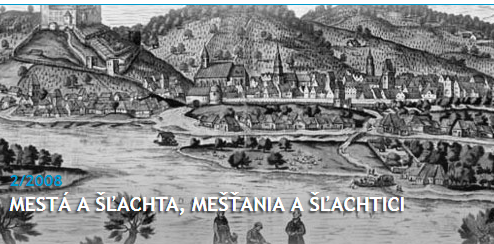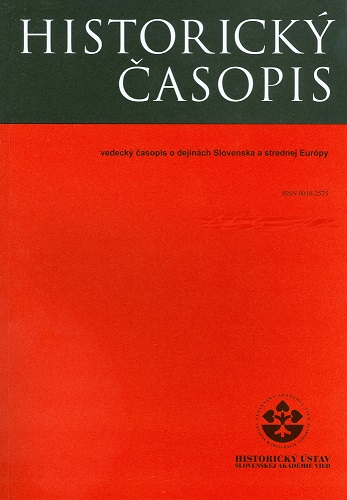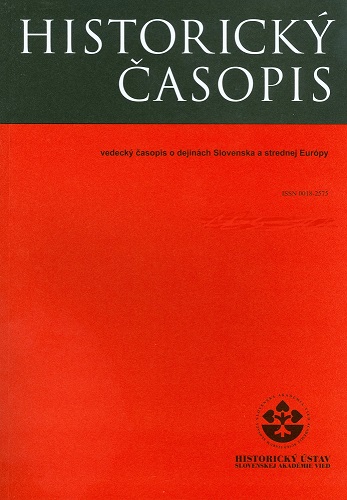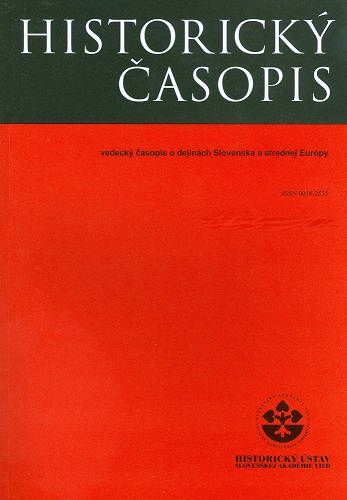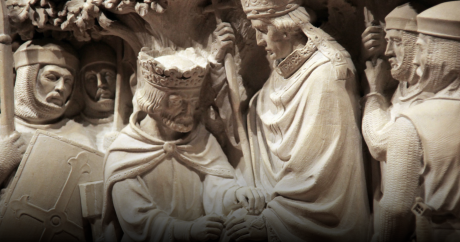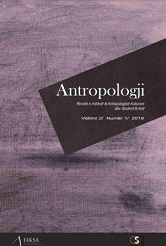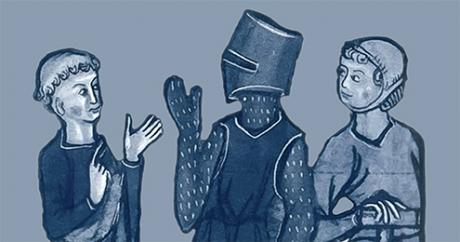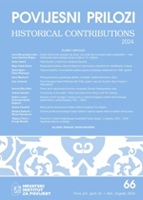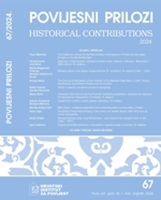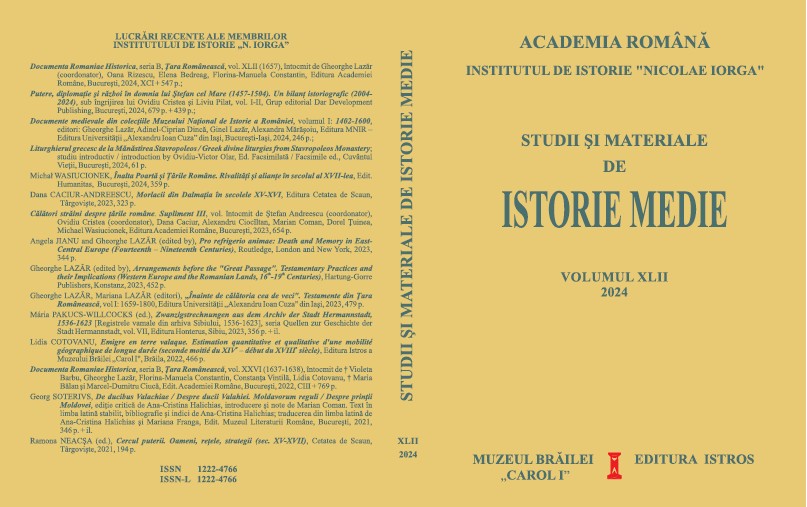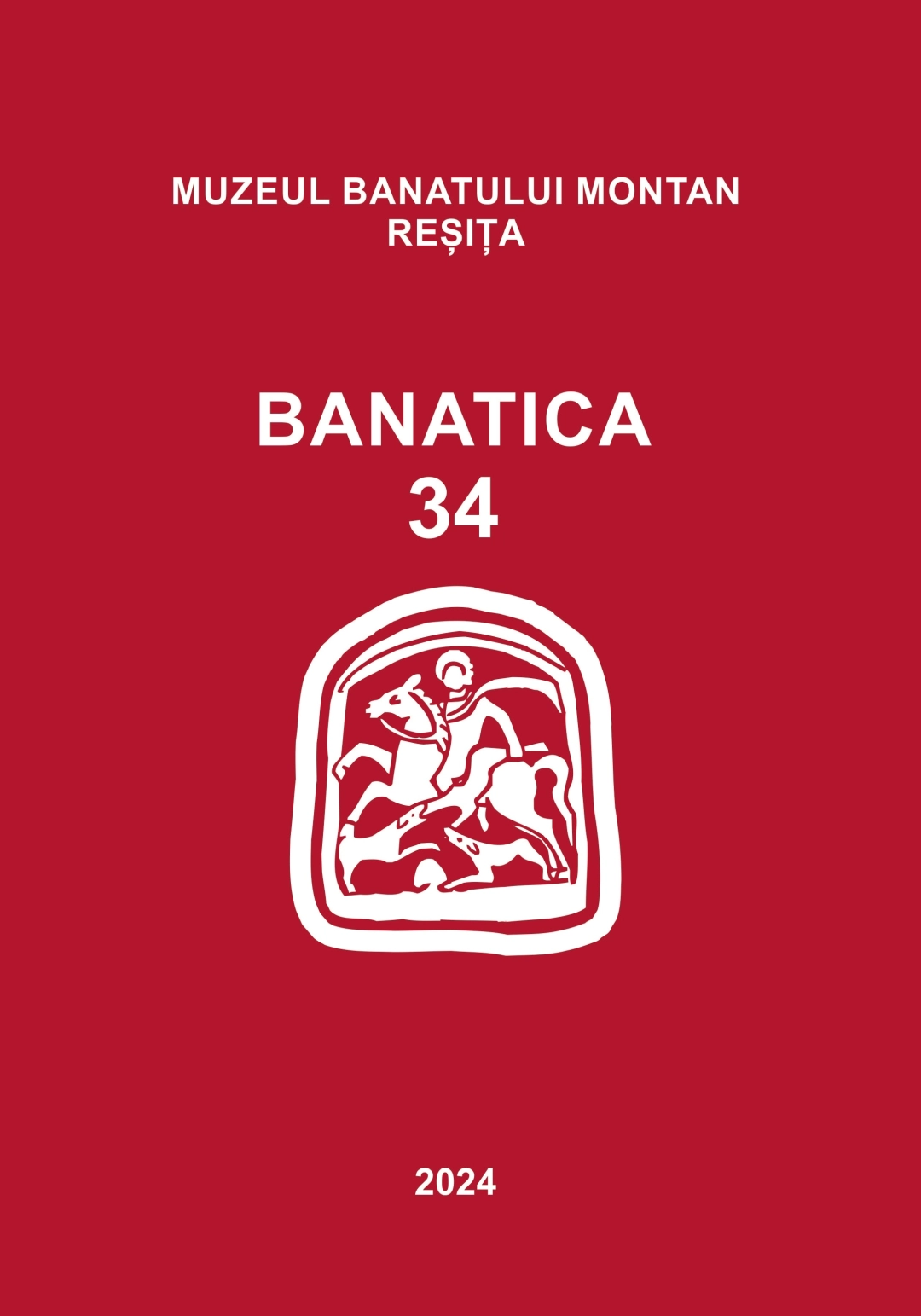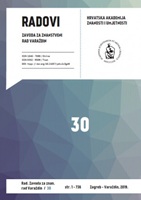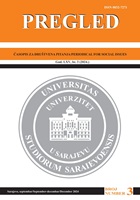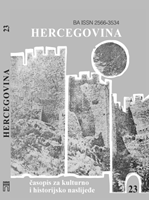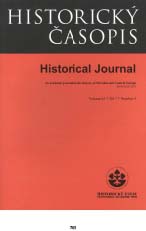
Silva Bereg. A Royal Forest in Medieval Hungary
The author of this study is concerned with researching the Bereg royal estate, which formed part of the frontier regions of the medieval Kingdom of Hungary. In the 11th century Bereg belonged to the great frontier county of Boržava, but formed an independent territory within it. A separate county organization under noble control was established in it only later. Its centre was a royal manor, where the kings of Hungary settled people of German origin in the first half of the 13th century. Its importance mainly lay in the fact that it was a dynastic property of the House of Arpád at least from the 11th century. It was a part of the Carpathian mountains dominated by forests. Members of the Arpád dynasty often went there to hunt. In Western Europe such properties were known as forestes and the prerogatives of the monarch prevailed there. It is very probable that forest properties of the dynasty including Bereg were also protected by special rights of the monarch in the Kingdom of Hungary. According to all the evidence, Bereg was a royal forest where members of the Arpád dynasty hunted, and it had an internal organization similar to that known from Western Europe.
More...
